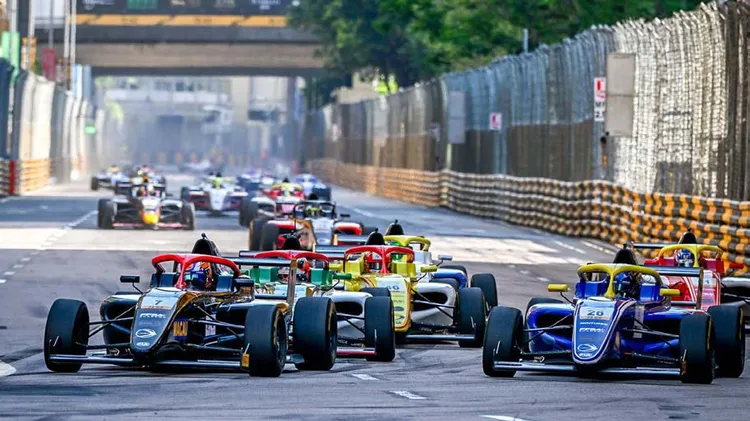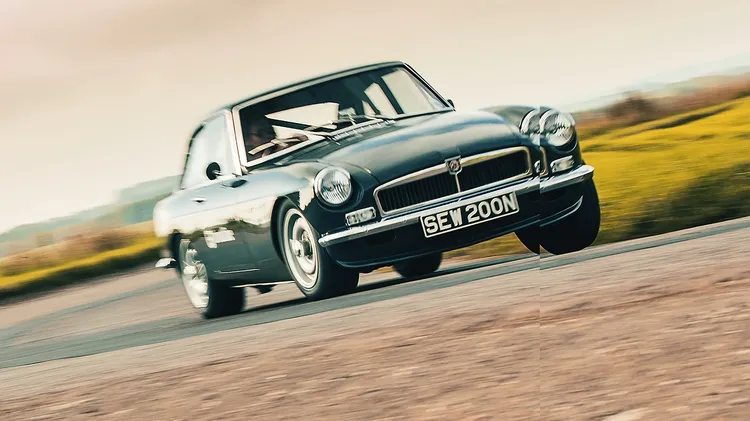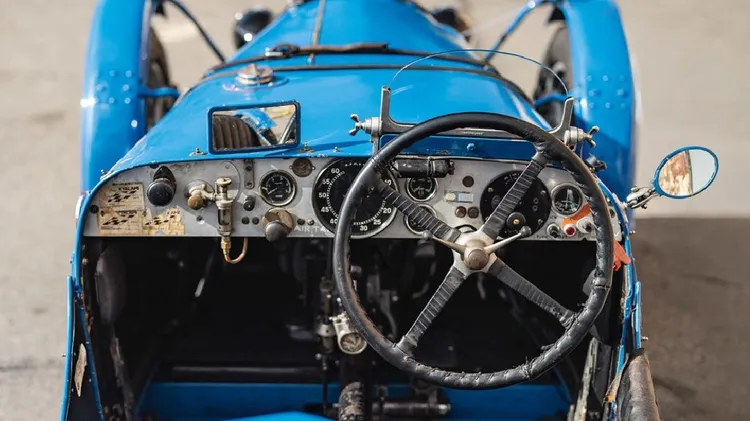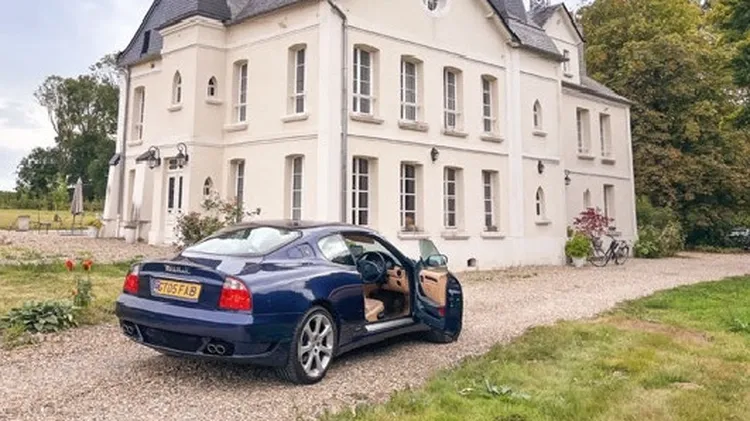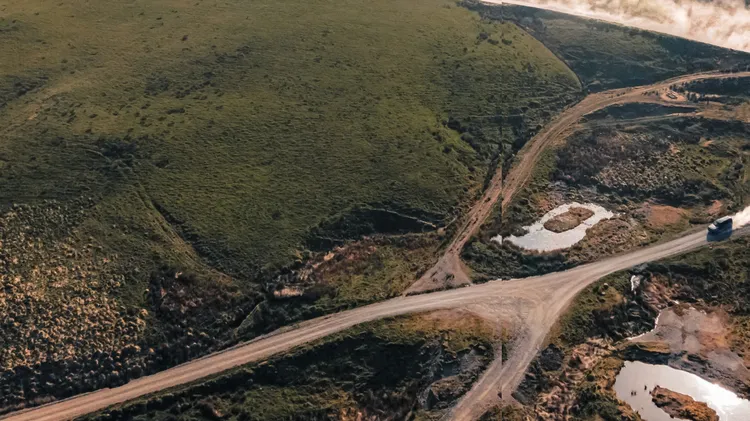Hugging Portugal’s Atlantic coast, The Founders’ Run commemorates the count
Run to the sun
9 min read
This article is from...
Read this article and 8000+ more magazines and newspapers on Readly


